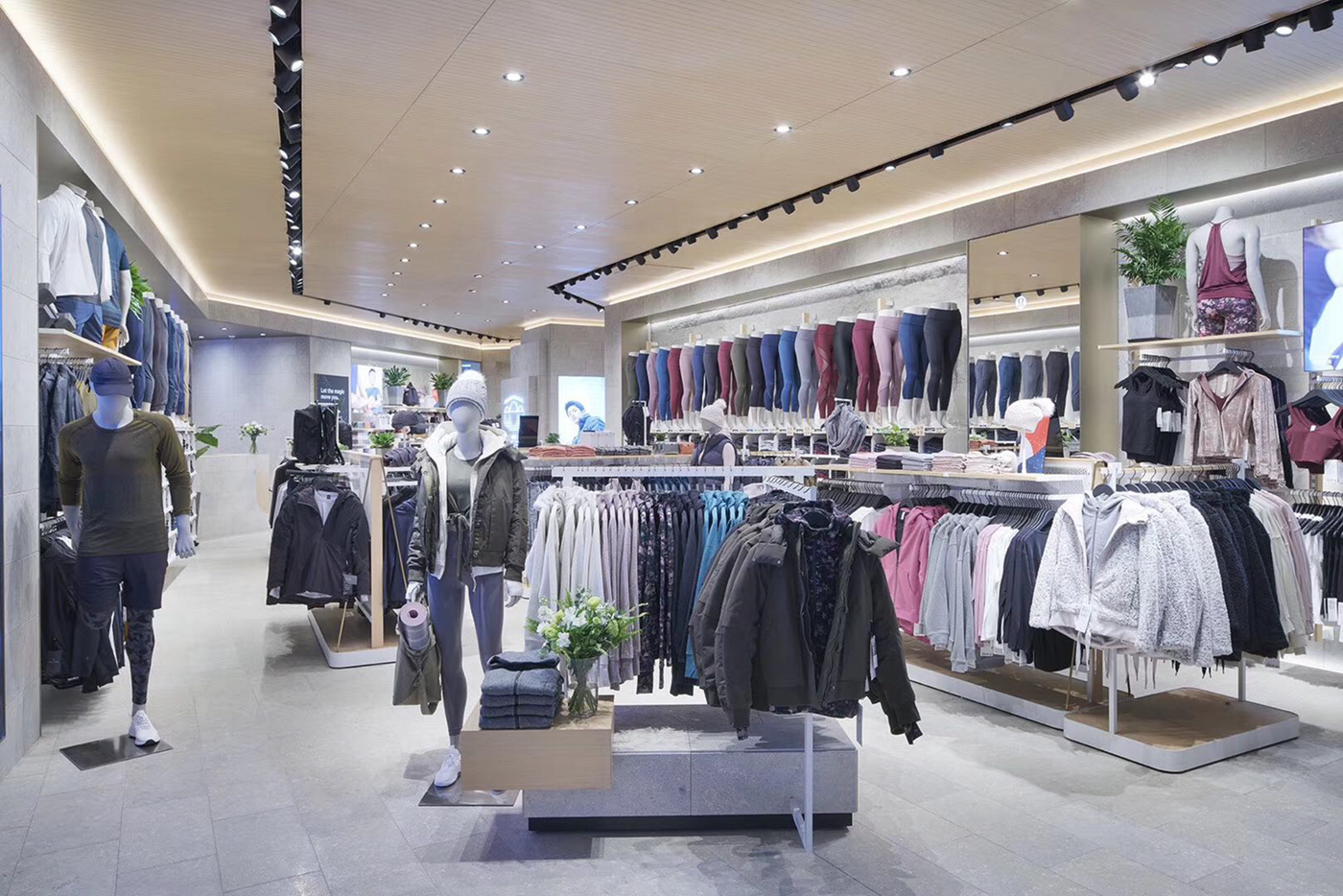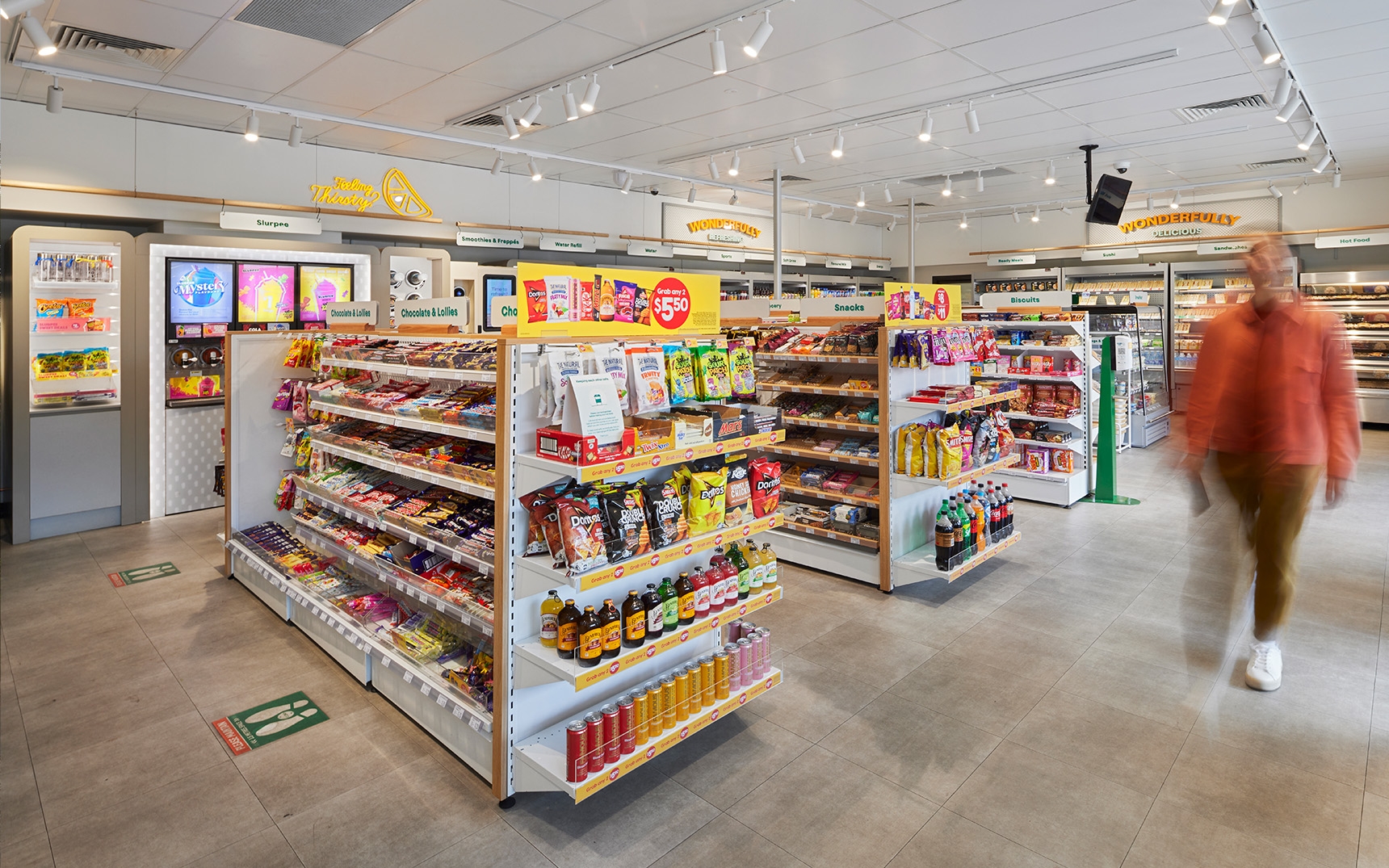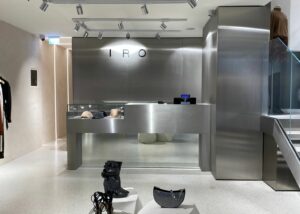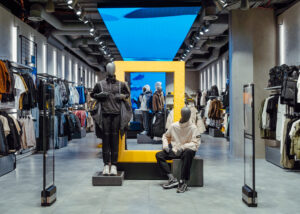The Importance of CRI in Retail Lighting
Have you ever walked into a store and noticed how some products look more vibrant and appealing under certain lights, while others seem dull and unattractive? The secret behind this visual phenomenon lies in a crucial lighting measurement called the Colour Rendering Index (CRI). As technology advances and customer expectations grow, retailers are becoming increasingly aware of the significance of CRI and its indispensable role in creating captivating shopping experiences.
Unravelling the Colours and Textures
Colour Rendering Index (CRI) is a measurement used to quantify how accurately a light source represents colours when compared to natural light. CRI is scored on a scale of 0 to 100, with a higher CRI indicating better colour rendering capabilities. When the CRI is closer to 100, the colours and textures under that light source appear more vivid and lifelike. Conversely, lower CRI scores result in colours that may appear distorted, washed out, or less true to their actual hue.
Primary Colours and the R9 Value
CRI measurement can sometimes be misleading, especially when it comes to primary colours. To gain a better understanding of colour rendering, we need to pay special attention to a specific colour within the CRI spectrum – reds. Reds are known to be the most difficult and expensive colours to render accurately. As such, it is crucial to check the R9 value when assessing lighting quality. The R9 value represents the rendering of red hues, and a value higher than 60 is a promising indicator of vivid reds.
Read about our success story for the 7-Eleven stores across Australia. Learn more about our lighting solution helped with better zoning in their new store concept. Strawberry image credit: dmflighting

Striking the Perfect Balance
While we strive for higher CRI scores to achieve impeccable colour rendering, there is a trade-off to consider. The higher the CRI of a light source, the lower its output will be. The good news is that advancements in lighting technology have significantly narrowed this gap. Today, the difference in output between CRI<70 and CRI<90 is approximately 10%, making high CRI lighting more accessible and practical for various applications.
CRI in Different Environments
The ideal CRI value depends on the specific application and environment. In office settings, where colour precision is crucial for tasks and productivity, CRI<80 is typically considered acceptable. However, as we delve into the realm of retail, where visual merchandising and customer experiences reign supreme, a higher CRI<90 is preferred. This ensures that products look their best, encouraging customers to linger and explore.
In environments such as car parks and warehouses, they prioritise functionality and efficiency over colour precision. For these applications, a CRI<70 or higher is considered adequate, as the primary concern lies in providing ample illumination for safety and convenience.
Want some expert advice?
As we navigate the world of lighting, the Colour Rendering Index stands tall as a crucial factor in determining the visual appeal and quality of retail spaces. Striving for higher CRI values allows retailers to showcase their products in their true colours, leaving a lasting impression on consumers, encouraging repeat visits and fostering brand loyalty.
At LPA, we are experts in retail lighting from store roll-outs to supermarkets, we have the best lighting outcome for you. Our experienced team and versatile range of products can reduce your energy consumption and improve your lighting quality. Contact our team today to discuss your next project.






